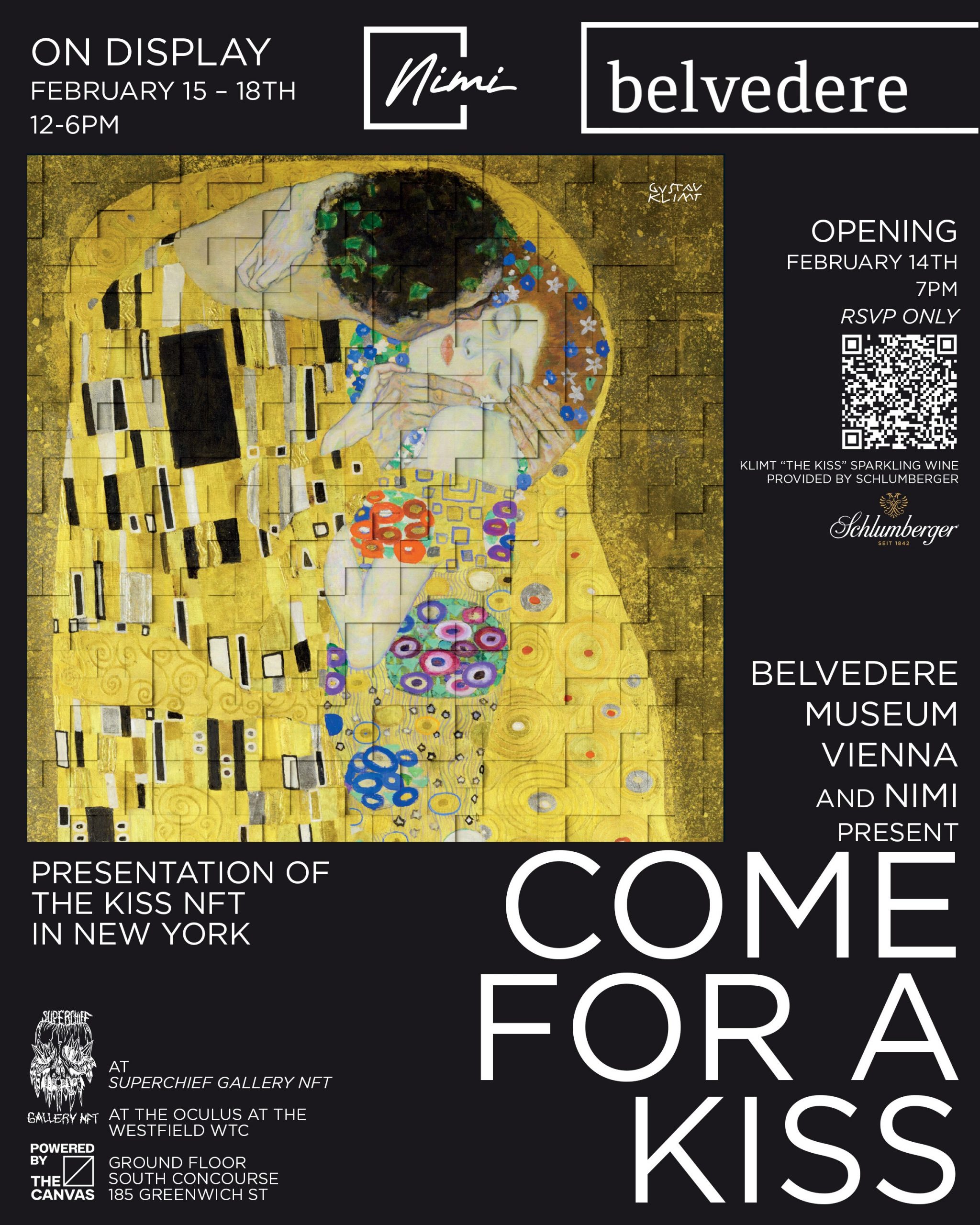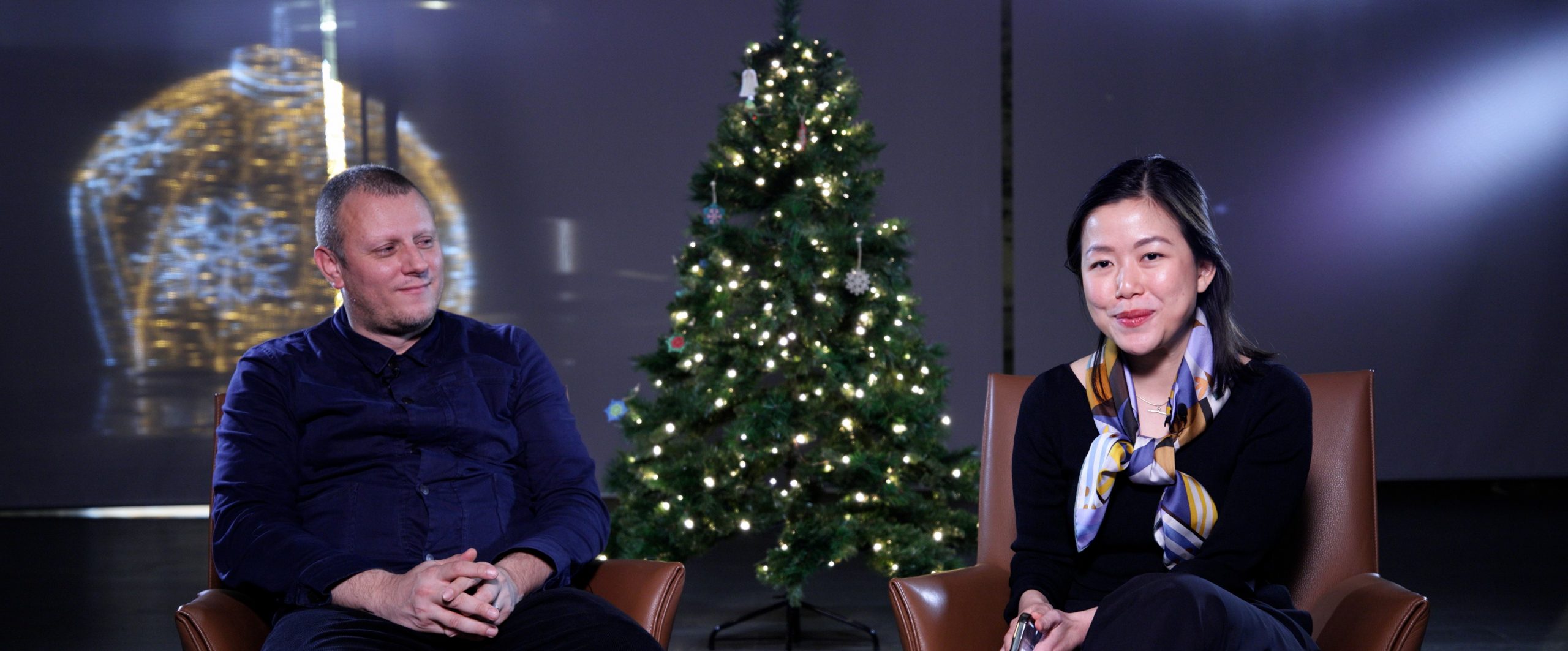Museum Matters ep. 1
Museum Matters with Nimi: Demystifying Digital Collectibles
Our webinar series, Museum Matters, is live. The first discussion is about ‘demystifying digital collectibles and recent museum case studies’. Nimi CEO Anh Nguyen is joined by arts and culture consultant Chris Michaels to chat about how digital collectibles can boost brand value. Unlock the complete webinar experience—watch it in full here!
The webinar is ready to watch now but keep reading to learn all about use cases of NFTs in practice.
1. Clearing up the confusion – NFT definition
There’s been a lot of discussion over the potential that NFT and blockchain technology has, but before we get into that let’s clear up the jargon.
Blockchain is a secure system for recording transactions on a user-verifiable distributed ledger. Each individual block is one transaction. The blocks form a chain because each new block contains information about the previous one. The data inside cannot be altered without altering every block that follows. It means each transaction can be independently authenticated for user security.
An NFT is a non-fungible token. A token is a unit which can be traded securely through the blockchain. A ten-pound note is fungible because it represents that particular value and can be swapped for another note of the same value.
On the other hand, non-fungible means unique – no two tokens are interchangeable. This presents brands with the opportunity to create authentic NFTs with their own value based on what they offer, and how they appeal to their owners. This opportunity is what museums and galleries should be looking to seize upon – which brings us neatly to point two…
2. Digital collectibles represent the best of both worlds – engagement and revenue.
Traditional museum campaigns tend to deliver on either engagement or revenue, but don’t often hit the sweet spot of both. Free museum admission days drive up the footfall, but as the name suggests, it isn’t a revenue raiser. On the other hand, renting out a venue for private events can be a lucrative scheme, but scores low in visitor engagement.
Digital collectibles can net you both engagement and revenue by enhancing the value of your brand and underscoring the uniqueness of the experience. Consumer brands like Nike and Starbucks have shown us there is value in brand loyalty. Starbucks Odyssey educates top-tier fans about the farming process, offering video tours and interactive features. Members who take these ‘Journeys’ earn NFTs for taking part, which unlock more memorable experiences as they go on.
The explosion of digital collectibles shows you can build engagement and loyalty effectively on the digital front just like in real life. In a previous role at the National Gallery (London), Chris saw the surging popularity of NFTs, with digital collectibles raising revenues and interesting audiences, and wondered how museums and galleries could consider making the leap. Imagine what a museum can accomplish with the right technology and expertise.
3. The three Cs – collectibles, community, cause.
There’s an opportunity to give museumgoers the chance to own a piece of the culture they love. That’s why we’re helping museums to reach out and create a new generation of art lovers. We are working hard to make it happen with the three Cs:
Collectibles. For museums and galleries, NFTs can create new revenue streams from their existing collections of work. Transforming well-known physical works whether paint or sculpture into their digital collectible counterparts is an exciting way to offer patrons a piece of their favorite works.
Community. With NFTs, museums and galleries can boost engagement and get people invested in the future of the institution. In turn, these new members take steps to deepen their emotional ties with their favorite galleries and become part of a community that can create something special together.
Cause. Institutions can use NFT marketing to bring together the wider art community to achieve larger objectives, like crowdfunding for the preservation of older pieces of art. Offering one-off digital collectibles to raise money for the work can inspire patrons to donate to a worthy cause, feel a sense of ownership and receive a great reward in return.
Don’t underestimate the part digital collectibles can play in community building. By creating these works in celebration of the masters, you are helping to build a long-lasting legacy of the work and bridging the gap to the next generation of potential art lovers.
4. Compelling case studies
During the webinar, Anh and Chris discussed some of the projects which delivered on the hype that NFTs had originally generated.
In 2022 Vienna’s Belvedere Museum invited members to invest in its most-loved piece. A digital copy of Klimt’s The Kiss was fractionalized into 10,000 unique pieces and sold to patrons in digital collectible form. Nimi continues to work with Belvedere on the rollout of ‘The Kiss’ NFT.
The Museum of Modern Art showed how NFT technology can connect people on a global level. It offered visitors the chance to download a digital memento of their visit as well as a MoMA postcard. Users were encouraged to create their own versions of the postcard using pixel art before sharing with friends to add their own personal touch. People interested in blockchain got a good example of it here, as each person-to-person connection acted as a link in the chain.
One of Europe’s best-known museums also celebrated Vincent van Gogh – one of history’s greatest artists – with a digital souvenir of an exhibition. Musee d’Orsay has minted NFTs of an augmented reality work depicting his final palette alongside a van Gogh-inspired original. Available for just 20 euros each, holders of these digital collectibles will be entered into prize draws. Among the fabulous prizes on offer are invitations to special museum events, as well as lifetime passes to the gallery itself.
The museum will also be holding special events and campaigning to educate audiences on the benefits of NFT, and collaborating on brand new work with digital artists.
5. The time is now.
Museums and galleries looking to unleash the NFT opportunity are finding that there’s no better time to get involved. As with any technological trend, it takes time for the capability to catch up with the potential uses.
Now that experts like Chris are working hard to raise the profile of NFT and helping brands to see what is possible, we’re able to dream bigger and help museums and galleries take the next step.
For a gallery, that next step could be an NFT exclusive to patrons, to display proudly on social networks; it could be a reward for 10 paid visits in the span of a calendar year; it could even be a token for every visit to the museum café! When it comes to digital collectibles, museums should be seeking memorable and rewarding ways to thank their visitors for participating. How it’s done is the exciting part. Are you ready to take the next step?
Why not watch Museum Matters and check out our lively conversation.
Or, to find out how Nimi can help your institution unlock some digital potential, get in touch today.
Written by

